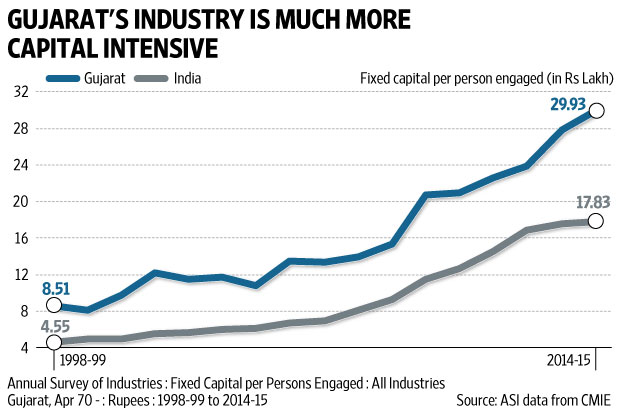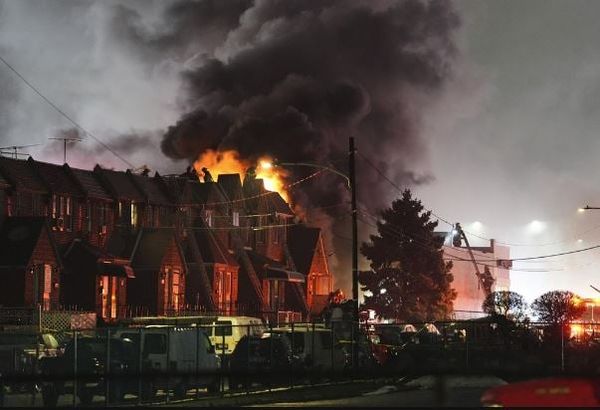As Gujarat prepares for assembly polls scheduled at the end of this year, the big question is whether the Bharatiya Janata Party (BJP) would be able to retain the support which Narendra Modi’s leadership guaranteed. The Hardik Patel-led Patidar agitation and Jignesh Mevani-led Dalit protests point towards rising discontent among a section of the youth in the state. No wonder, BJP’s campaign managers are busy trying to project a youth-friendly image, with chief minister Vijay Rupani paying special attention to this constituency.
How has the BJP’s track record been in providing quality jobs to Gujarat’s youth?
While the state might fare better in terms of quality of employment and overall share of industrial employment compared to other states, its job creation record does not live up to its overall economic performance.
According to the latest National Sample Survey Office (NSSO) figures for 2011-12, both rural and urban unemployment in Gujarat (0.3% and 0.8%) was much lower than all-India figures (1.7% and 3.4%). Data from the 2011 census shows that the share of regular workers (or ‘main workers’, as the census describes them) among the youth (and even overall) is higher than the national average.
Even though Gujarat’s record is superior to that of other states, compared to its own past, Gujarat seems to have suffered a decline. For instance, Gujarat’s share of the aggregate factory jobs in the country has declined over the past decade, Annual Survey of Industries (ASI) data shows. A rough proxy for organized sector employment, the share of members belonging to the Employees’ Provident Fund Organisation (EPFO) also shows a decline compared to the mid-2000s. Gujarat accounted for 9.1% of overall EPFO members in the country in 2004-05. That ratio has fallen to 7.8% in 2014-15.
Part of the reason for slower growth in jobs is the increasing capital intensity of industrial activity. This is a country-wide phenomenon but it is more acute in Gujarat, ASI data shows. The pressure on jobs may have depressed wages. As an earlier Mint article pointed out, blue-collar workers of the state have witnessed anaemic wage-growth over the past decade.
Also, despite relatively high agri-growth rates, wage growth in rural Gujarat has been muted. For almost a decade, rural wages in Gujarat have been lower than the all-India average, a trend which did not hold in the decade before that. This may partly be because of increased mechanization.
The data shows that Gujarat’s growth has become more uneven over time, with less gains for workers compared to earlier decades. This may also be the reason why the government has increasingly faced discontent from a section of the youth. Winning them over will be challenging for a government nearing the end of its term.











